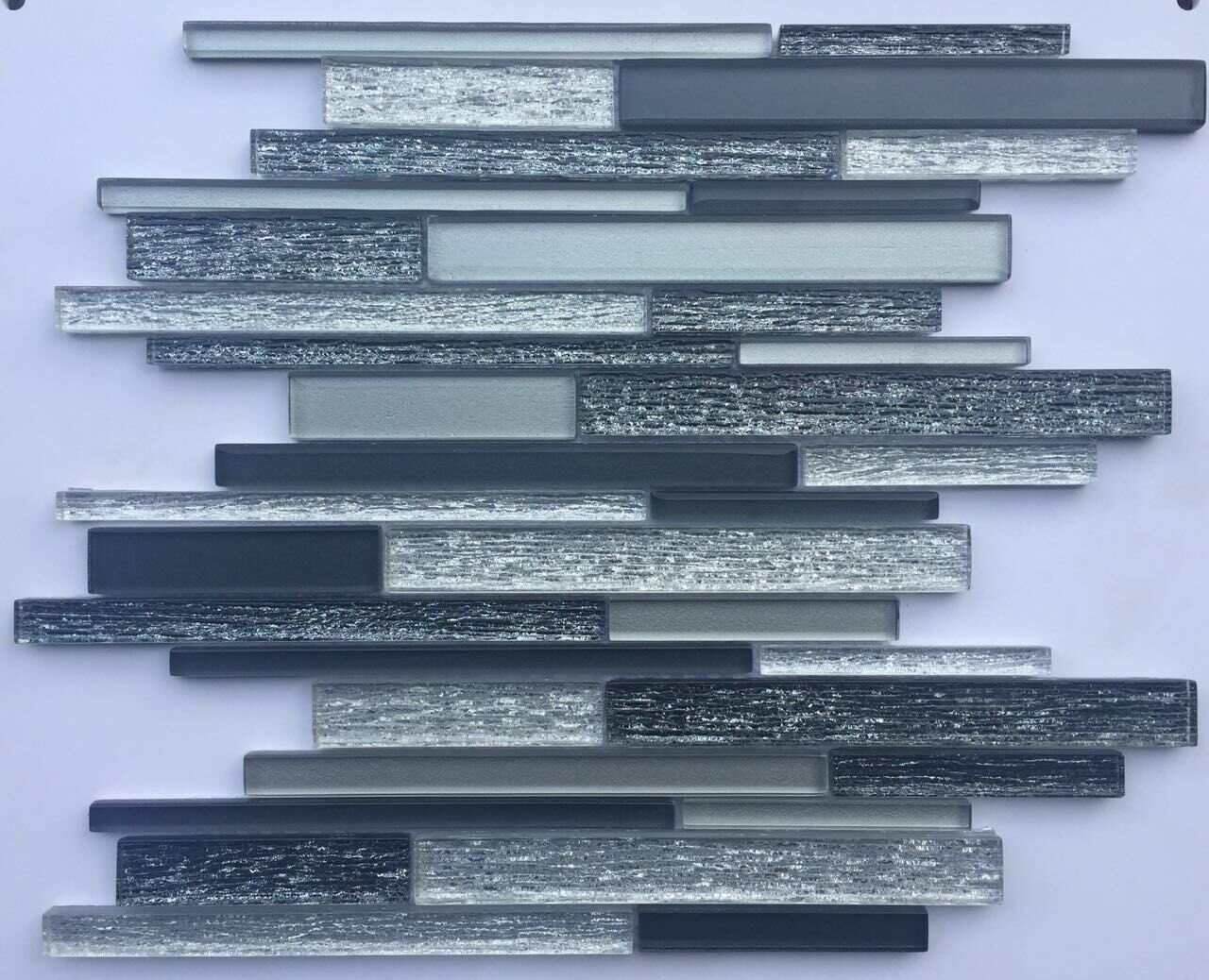Glass Mosaic--Laminated Mix Black
Perhaps the earliest examples of Greco-Roman mosaic floors date to the late Republican period (2nd century BC) and are from Delos, Greece. Witts claims that tessellated pavements, using tesserae, were used in Europe from the late fifth to early fourth centuries BC.[3] This is contradicted by Ruth Westgate, who contends that the earliest tessellated mosaics of the Hellenistic period date to the 3rd century BC, with the 2nd to early 1st-century BC mosaics of Delos constituting roughly half of the known examples.[4] Hetty Joyce and Katherine M. D. Dunbabin concur with this assessment, asserting that the transition from pebble mosaics to more complex tessellated mosaics originated in Hellenistic-Greek Sicily during the 3rd century BC, developed at sites such as Morgantina and Syracuse.[5][6] The earliest known pebble mosaics and use of chip pavement are found at Olynthus in Greece's Chalcidice, dated to the 5th to 4th centuries BC, while other examples can be found at Pella, capital of Macedon, dated to the 4th century BC.[7][6]
The earliest mosaics of Roman Pompeii, dated to the Pompeian First Style of wall painting in the late 2nd and early 1st centuries BC, were clearly derived from the Hellenistic Greek model.[8] However, they contained far more figured scenes on average, less abstract design, the absence of lead strips, as well as an almost complete lack of complex, three-dimensional scenes utilizing polychromy until the Pompeian Second Style of wall painting (80-20 BC).[9][8]
